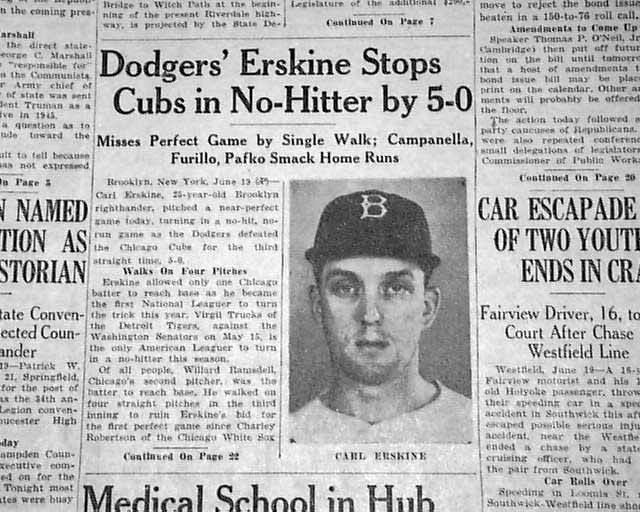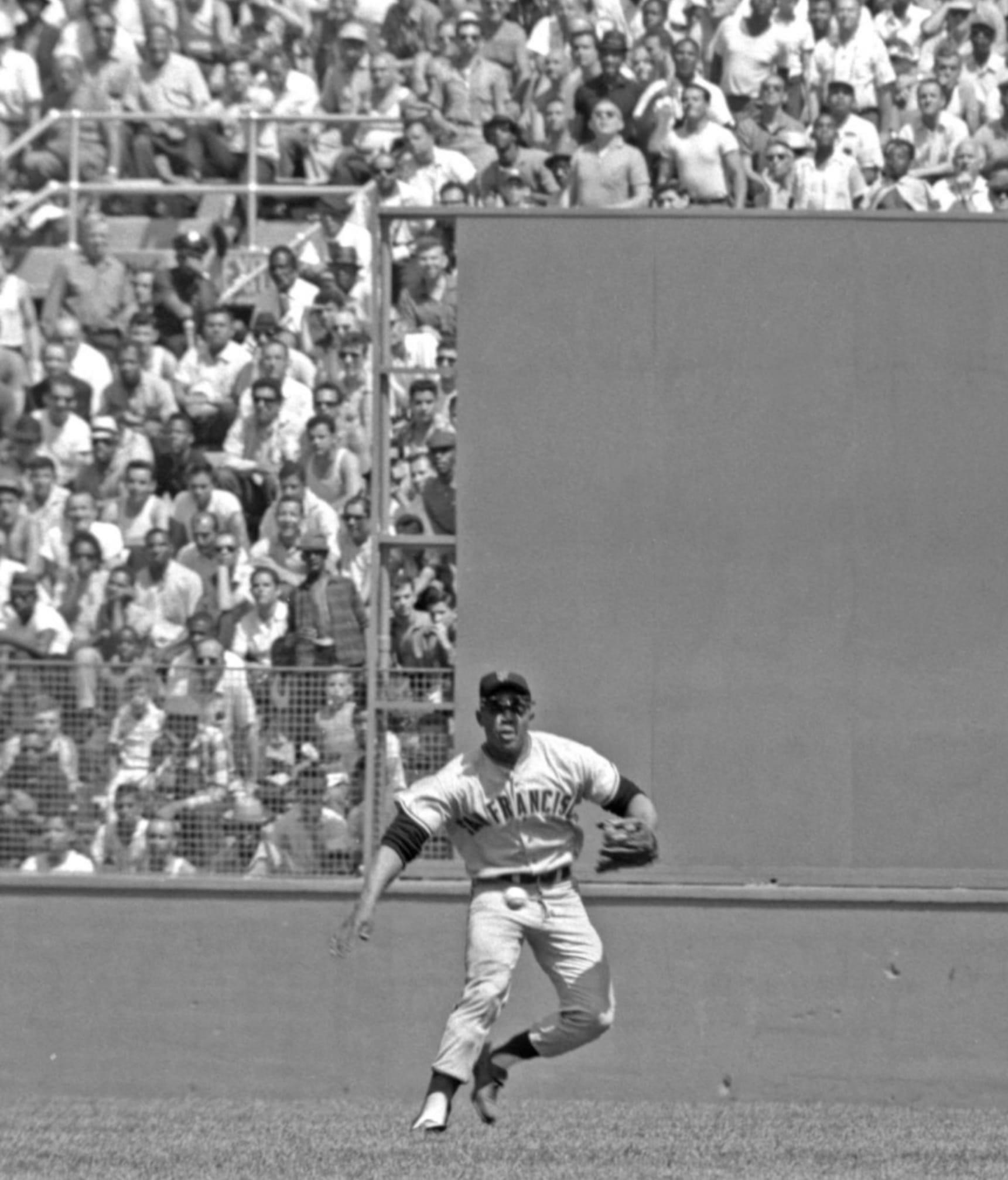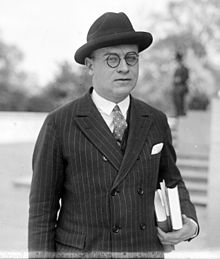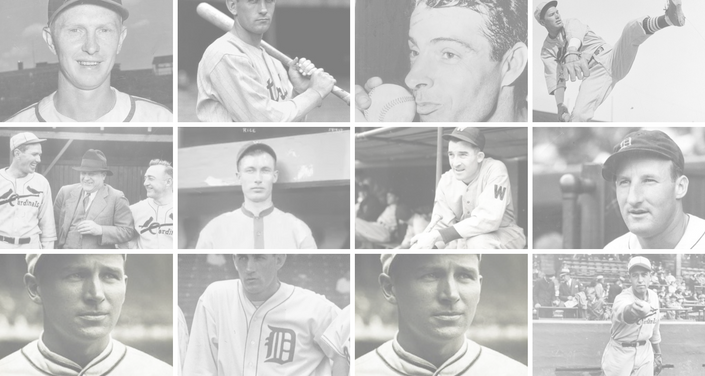Stealing considerable thunder from Brooklyn’s victorious home opener, a 7 – 6, 12-inning triumph, Willie Mays makes the catch he’ll later call his greatest. The Associated Press reports: “Willie Mays, army-bound centerfielder of the New York Giants, astounded an opening day crowd of 31,032 fans at Ebbets Field with a sensational catch of a drive by Bobby Morgan in the 7th inning.” With two out, two on and the Dodgers down by one, “the sophomore star made a diving, sliding catch of a sinking liner near the left centerfield wall that robbed Morgan of a potential triple.” Unfortunately for Mays, Ebbets Field’s Little League dimensions afford little leeway for such hijinks. “I go and catch the ball in the air,” Mays recalls 45 years later. “I’m in the air, like this, parallel. I catch the ball, I hit the fence. Ebbets Field was so short that if you run anywhere you’re going to hit a fence. So I catch the fence, knock myself out.” “As he lay motionless,” reports the New York Times, “players of both sides rushed to his aid. All, that is, but the three Dodgers on the bases, who continued their wild dash for the plate, only to learn Willie had held on to the ball for the third out.” Willie’s impression is that the first player to reach his side has a somewhat less altruistic agenda. “The first guy that I saw – there were two guys – when I open my eyes, was Leo Durocher and Jackie Robinson. And I’m saying to myself, ‘Why is Jackie out here?’ Jackie came to see if I caught the ball, and Leo came to see about me.”











